The post How to Make the Ordinary Look Extraordinary in Photography appeared first on Digital Photography School. It was authored by Kevin Landwer-Johan.

A good subject does not make a good photo, a good photographer does. How can you photograph ordinary things to make them look extraordinary? This is a question I am sure many people are contemplating as they are confined to their homes.

In and around our homes, we are familiar with the environment and what’s in it. These things are ordinary to us, and often we don’t think about photographing them. The exception may be after we buy our first camera. Then everything is interesting to photograph.
I love what British photographer Martin Parr says about his work. He says he aims to make the ordinary look extraordinary. This is a relevant challenge for many photographers who cannot get out and photograph the things you typically point your camera at.

Be creative when you photograph ordinary things
To make the ordinary look extraordinary, you have to think outside the box. Don’t rely on what you normally do. Push beyond the rules and techniques you may typically follow and think about how you can photograph things differently.
Pick the best time of day to photograph some flowers in your garden. Then, tomorrow, photograph the same flowers at a different time – perhaps from a different angle. Compare your results. Don’t limit your thinking to what you’ve learned is the correct time or the right way to photograph flowers. Get yourself out of that mindset.
Observe how the light changes during the day. What’s it like in the morning, midday and in the evening? Challenge yourself to find things to photograph during a time you normally would not because you think the light is no good.
If you’re not used to being at home in the middle of the day, pick up your camera while you take your lunch break. Press yourself to find interesting light somewhere in your home to take some photos.

Choose your favorite things to photograph
The very first photography assignment I completed was simple. I was taking a night school class on black and white photography shortly after purchasing my first camera. The task assigned was to photograph ordinary things. Something that we were familiar with.
We had to take one roll of film. Yes, it was a while ago! The choice was ours to load a 12, 24 or 36 exposure film. I made 36 exposures of my bicycle. I photographed it from every conceivable angle.
I loved riding my bike (and still do), so it was not difficult to photograph 36 times. Each frame was different. Some were close up, others were from further back.

Photographing something you love will make it easier because of the connection you have with it. Your mind will imagine the type of photos you can make of it because you love that thing.
When I photographed my bike, I did so all in one session. You could do this too, or spread out the challenge and make a series of photos of your chosen subject(s) over a period of time. I have done this too. For the past 37 years, I have been photographing bicycles.
Ever since that first assignment to photograph ordinary things, I have loved taking pictures of bikes. You never know how a simple assignment might grow on you.

Experiment with your subject
Try many different styles of photography. Practice new things. Improve on techniques you are already familiar with.
If you are someone who generally only photographs things once, now is the time to push beyond this. Challenge yourself to photograph ordinary things over and over again. How can you keep making interesting photos of the same stuff? It’s not about the subject or your camera. It’s up to your imagination.
Change the lighting. Move the thing you’re photographing to another place. Use a lens you’d never before consider using for this subject. Press beyond your preconceived ideas of the ‘right’ way to do things. There is no right or wrong way when you are a creative photographer.
Come at your subject from every imaginable angle. The first angle you think to take a photograph from is not always the best. Move around. Lie on the ground. Stand on a chair. Look at your thing from as many interesting angles as you can think of.

Limit your gear choice
Attach one prime lens to your camera and leave it there. Force yourself to use just one focal length on your favorite zoom lens.
By experimenting with one lens you will come to know it better. The more you use this lens, the better feel you will develop for it. Taking photos of the same subject, with the same lens may seem limiting – and it is, in a way – but this limitation will hopefully press you to develop your creative thinking.
Photograph ordinary things using the most basic equipment. This is a sure method to encourage your creative thinking. The best thing you have to rely on is your imagination.

Use your flash
Take the lead from Martin Parr and use your flash more. Either on or off-camera, add flash to photos when you normally would not.
By adding artificial light to what you have chosen to photograph, you will see it in a whole new light. This is a fabulous way to become more proficient with your flash. By using it at times when you typically would not, you will discover new possibilities. It may give you the boldness to use flash more frequently in the future.
Take your time and try using your flash in different ways. Fixed to your camera’s hot shoe, you’ll get very direct, harsh lighting. Tilting the flash head so that it points at the ceiling or a nearby wall, will add a softer light to your subject. Taking your flash off-camera, you can add light from a fresh perspective.

Learn from the Masters
I’ve mentioned Martin Parr a few times in this article. He’s known for his somewhat garish captures of normal, everyday objects. He can photograph ordinary things and make them grab our attention. It’s his way of seeing that he shares with us.
Look at how your favorite famous photographers photograph ordinary things. You will find that many of them do. Irving Penn’s still life images are exquisite. Edward Weston’s photo of a pepper is somewhat iconic. Man Ray came up with all manner of wonderfully experimental images of things from within his environment.
Conclusion
Focus on what is around you. Challenge yourself to take photos of things you normally would never consider worthy of a picture. I am sure you will surprise yourself a few times with what you come up with when you put your mind to it.
Use this time to learn to photograph ordinary things. Inspire yourself out of the rut of thinking that ordinary is boring. Make great photos of ordinary things, or at least have fun trying.
And when you’re done post-processing your photos, share a few of them in the comments below and let us know your thought process behind them. This way, you can encourage others to become more diverse in their creative photography.
The post How to Make the Ordinary Look Extraordinary in Photography appeared first on Digital Photography School. It was authored by Kevin Landwer-Johan.












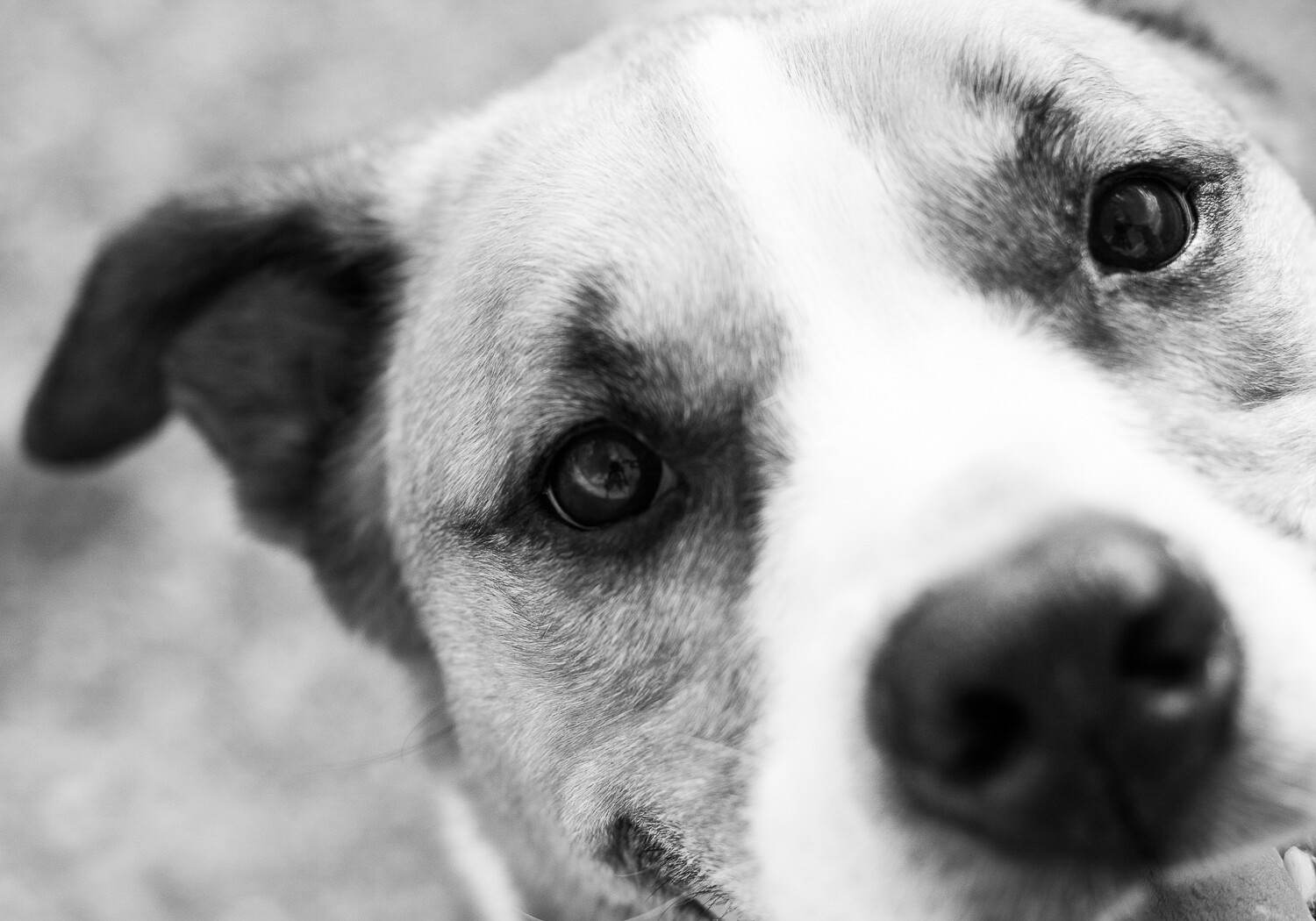


















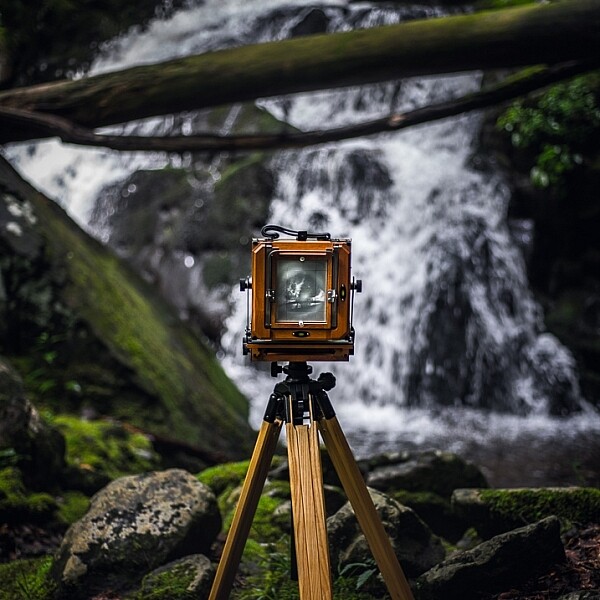

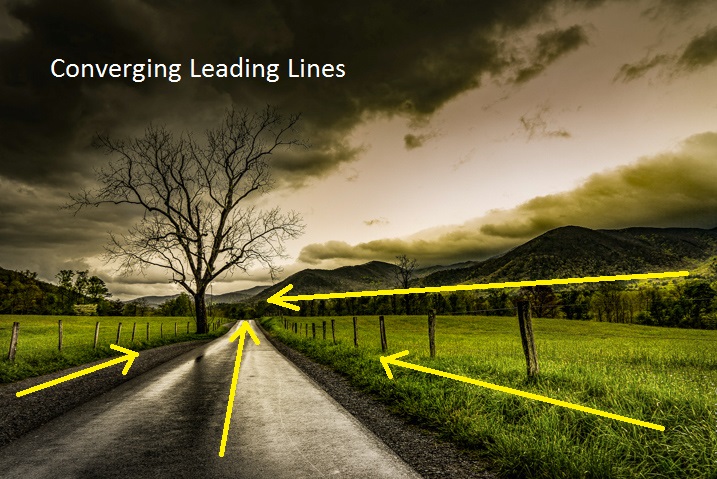
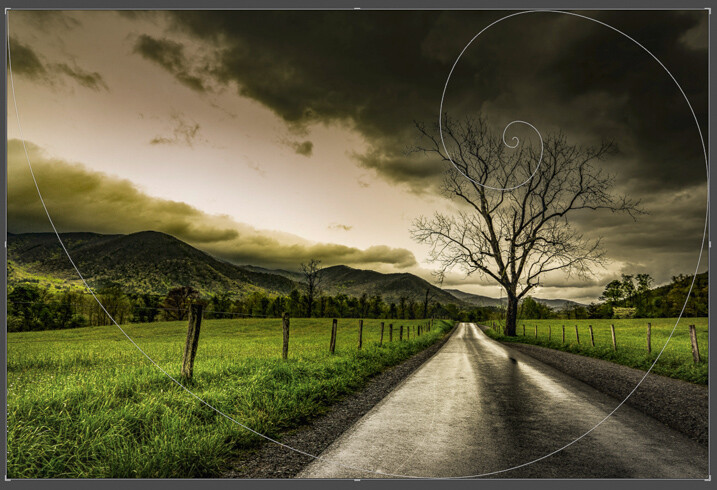
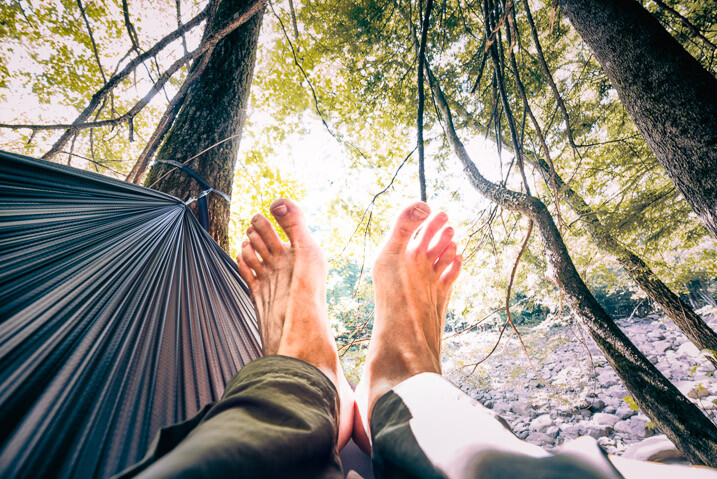
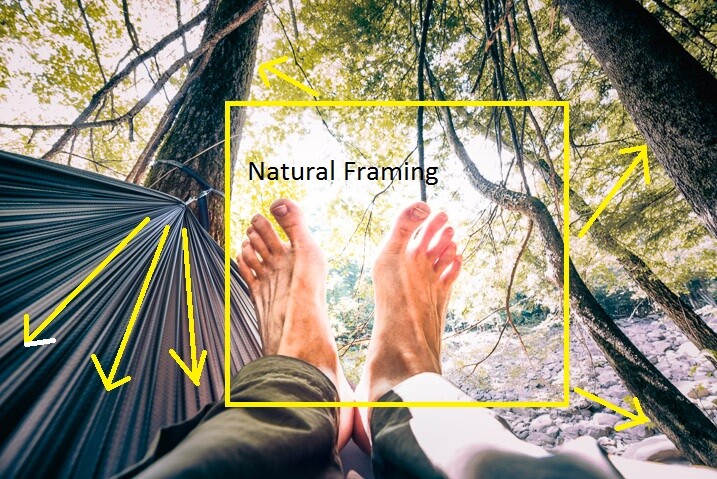
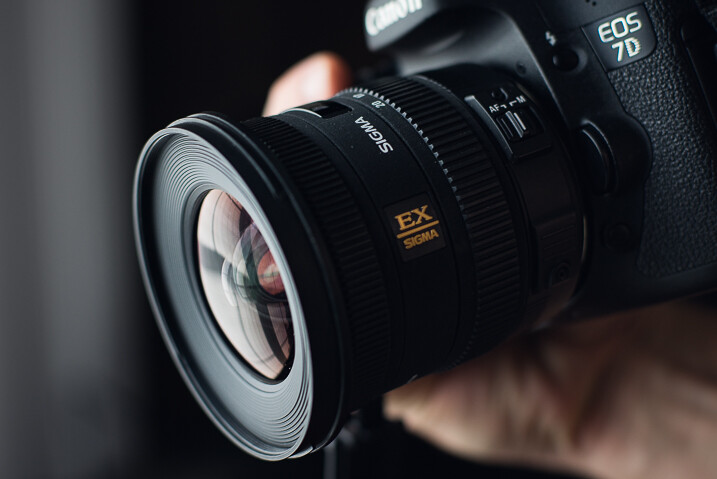

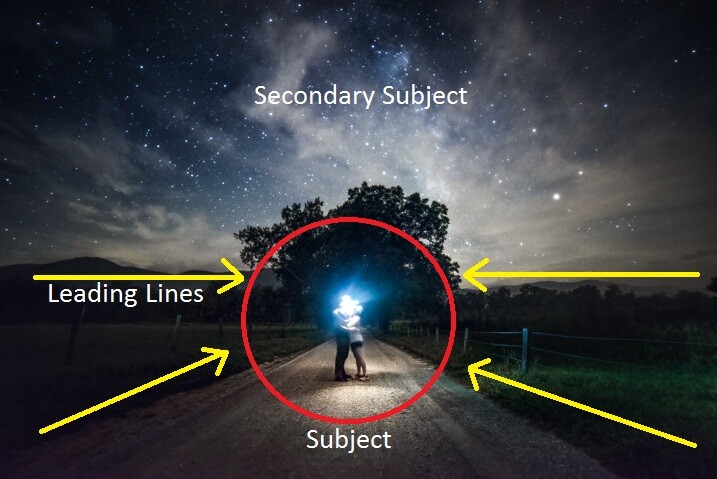
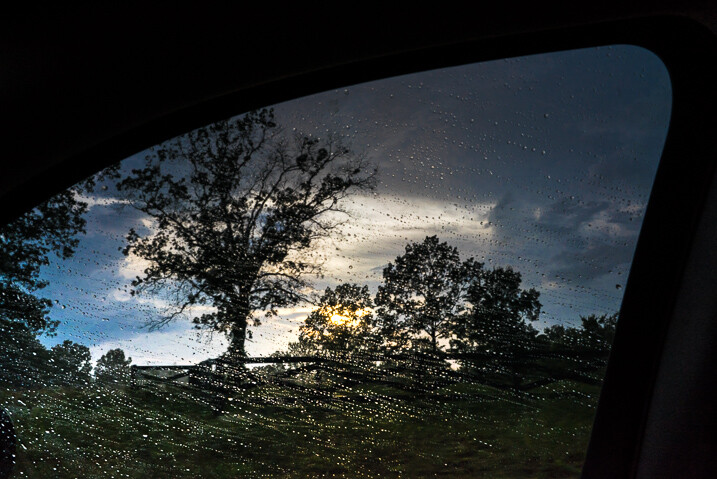
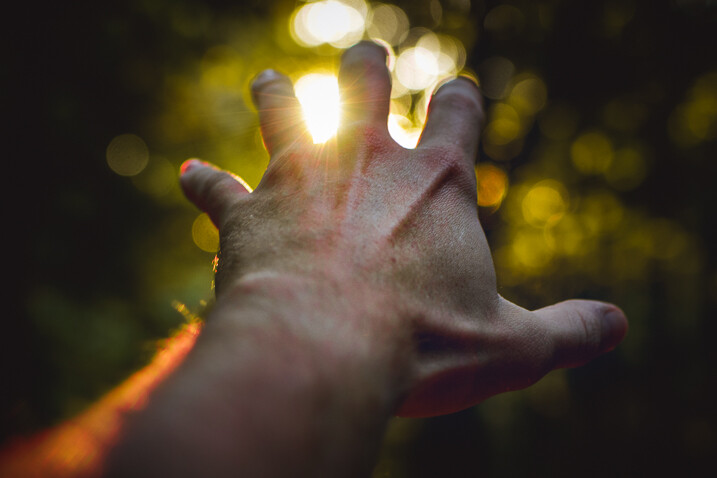
















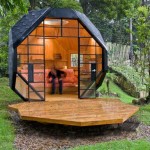





You must be logged in to post a comment.